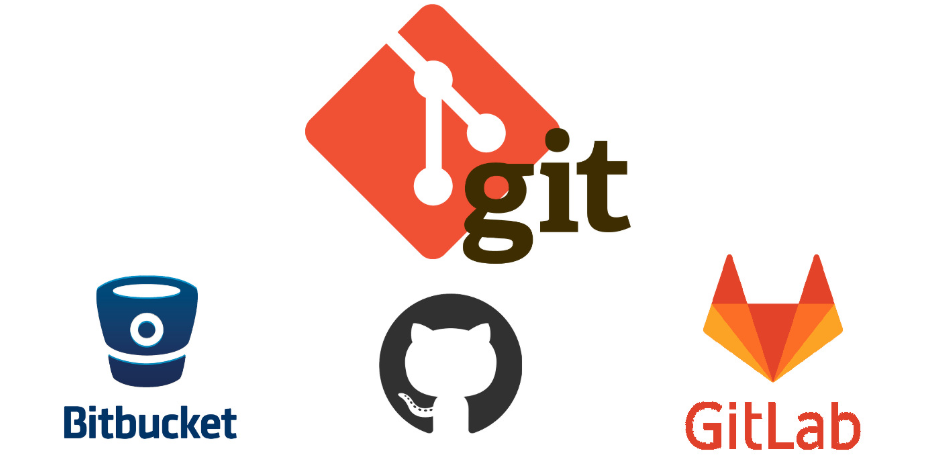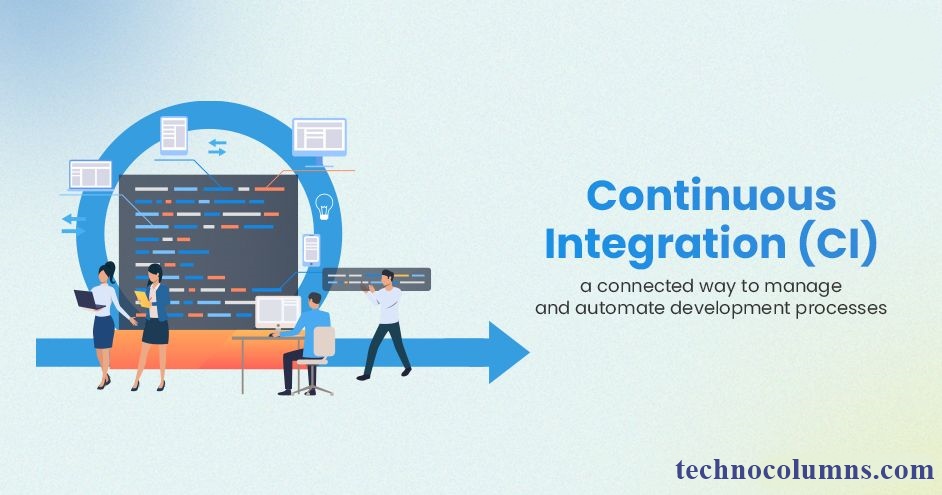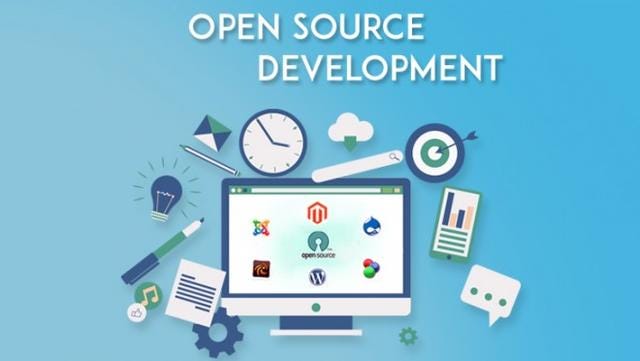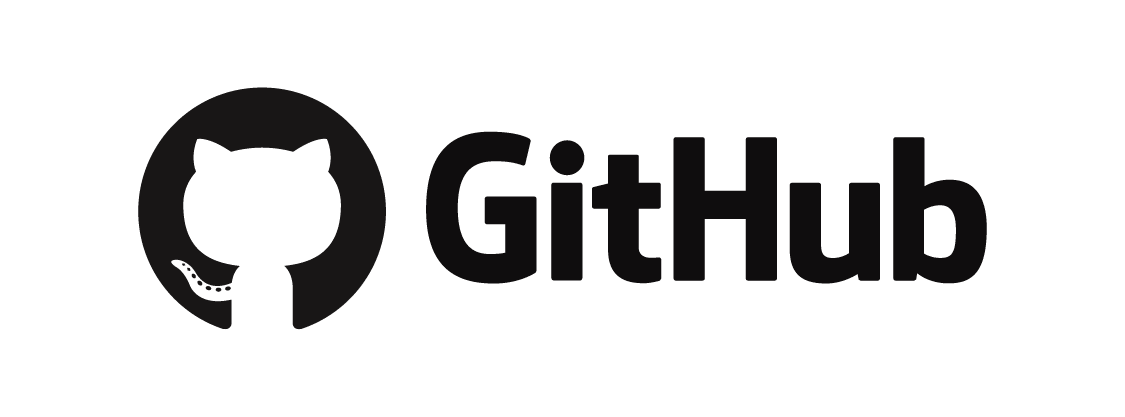Introduction
GitHub is a web-based platform built for developers to collaborate, share, and manage their software projects. It provides a wide range of features and tools that facilitate version control, code hosting, issue tracking, and collaboration among team members. Since its inception in 2008, GitHub has become one of the most popular platforms for software development, boasting millions of users and hosting millions of sources across various programming languages and technologies.
History and Background:

GitHub was founded by Chris Wanstrath, PJ Hyett, and Tom Preston-Werner in 2008. It was created as a solution to their own development collaboration challenges while working on various projects. Initially, the platform gained traction among open-source developers due to its user-friendly interface and powerful collaboration features.
In 2018, Microsoft acquired GitHub for $7.5 billion, a move that sparked both excitement and concerns within the developer community. However, Microsoft’s remain committed to maintaining GitHub as an open platform. Its subsequent enhancements and integrations have further solidified GitHub’s position as a leading platform for software development.
Version Control:

At the core of GitHub lies Git, a distributed version control system developed by Linus Torvalds. Git allows developers to track changes to their codebase over time. It enables collaboration, experimentation, and the ability to revert to previous versions if needed. GitHub enhances Git’s functionality by providing a user-friendly interface. It has additional features such as pull requests, branching, and merging.
Key Features:
1. Repositories:

GitHub repositories (repos) are where developers store their code and collaborate with others.
Each repository contains files, folders, and documentation related to a specific project.
Repositories can be public, allowing anyone to view and contribute, or private, restricting access to authorized users.
2. Collaboration Tools:

Pull Requests: Developers propose changes to a repository by creating pull requests. This allows for peer review and discussion before merging changes into the main codebase.
Issues: GitHub’s issue tracker enables developers to report bugs, suggest features, and discuss project-related topics.
Project Boards: Project boards help teams organize and prioritize tasks, track progress, and visualize workflow stages.
3. Code Hosting:

GitHub provides reliable hosting for code repositories, ensuring accessibility and availability for developers worldwide.
Developers can clone repositories to their local machines, work offline, and synchronize changes back to GitHub when online.
4. Continuous Integration/Continuous Deployment (CI/CD):

GitHub Actions allows developers to automate workflows, including testing, building, and deploying applications.
Integration with popular CI/CD tools like Jenkins, Travis CI, and CircleCI further streamlines the development process.
5. Community and Social Features:
Social Coding: GitHub fosters a vibrant community of developers who collaborate, share knowledge, and contribute to open-source projects.
Stars and Forks: Users can “star” repositories to bookmark them for future reference and “fork” repositories to create their own copy for experimentation or customization.
Use Cases:
1. Open-Source Development:

GitHub hosts millions of open-source projects spanning a wide range of domains, from programming languages and frameworks to libraries and tools.
Developers contribute to open-source projects by submitting bug fixes, adding new features, or improving documentation through pull requests.
2. Team Collaboration:

Teams of developers use GitHub to collaborate on proprietary software projects, coordinating efforts, managing tasks, and reviewing code changes.
GitHub’s collaboration features streamline communication and enable distributed teams to work together effectively.
3. Portfolio Showcase:

Developers showcase their skills and projects by hosting their code on GitHub.
GitHub profiles serve as digital resumes, allowing developers to demonstrate their expertise, contributions to open-source, and involvement in collaborative projects.
GitHub Ecosystem:
GitHub’s impact extends beyond its core platform through various integrations, tools, and services:
1. GitHub Marketplace:
The GitHub Marketplace offers a wide range of third-party tools and services that complement and extend GitHub’s functionality.
Users can discover and install integrations for code review, project management, security, and more directly from the GitHub interface.
2. GitHub Desktop:

GitHub Desktop is a desktop application that provides a graphical user interface for interacting with GitHub repositories.
It simplifies common Git tasks such as cloning repositories, committing changes, and synchronizing with GitHub.
3. GitHub Enterprise:
GitHub Enterprise is a self-hosted version of GitHub tailored for enterprise customers.
It offers additional security, compliance, and customization features to meet the needs of large organizations.
Conclusion:
GitHub has revolutionized the way developers collaborate, share code, and build software. Its user-friendly interface, powerful collaboration features, and robust ecosystem. These features have made it an indispensable tool for individual developers, open-source communities, and enterprise teams alike. By fostering a culture of collaboration, transparency, and innovation, GitHub continues to shape the future of software development and drive positive change in the technology industry.

